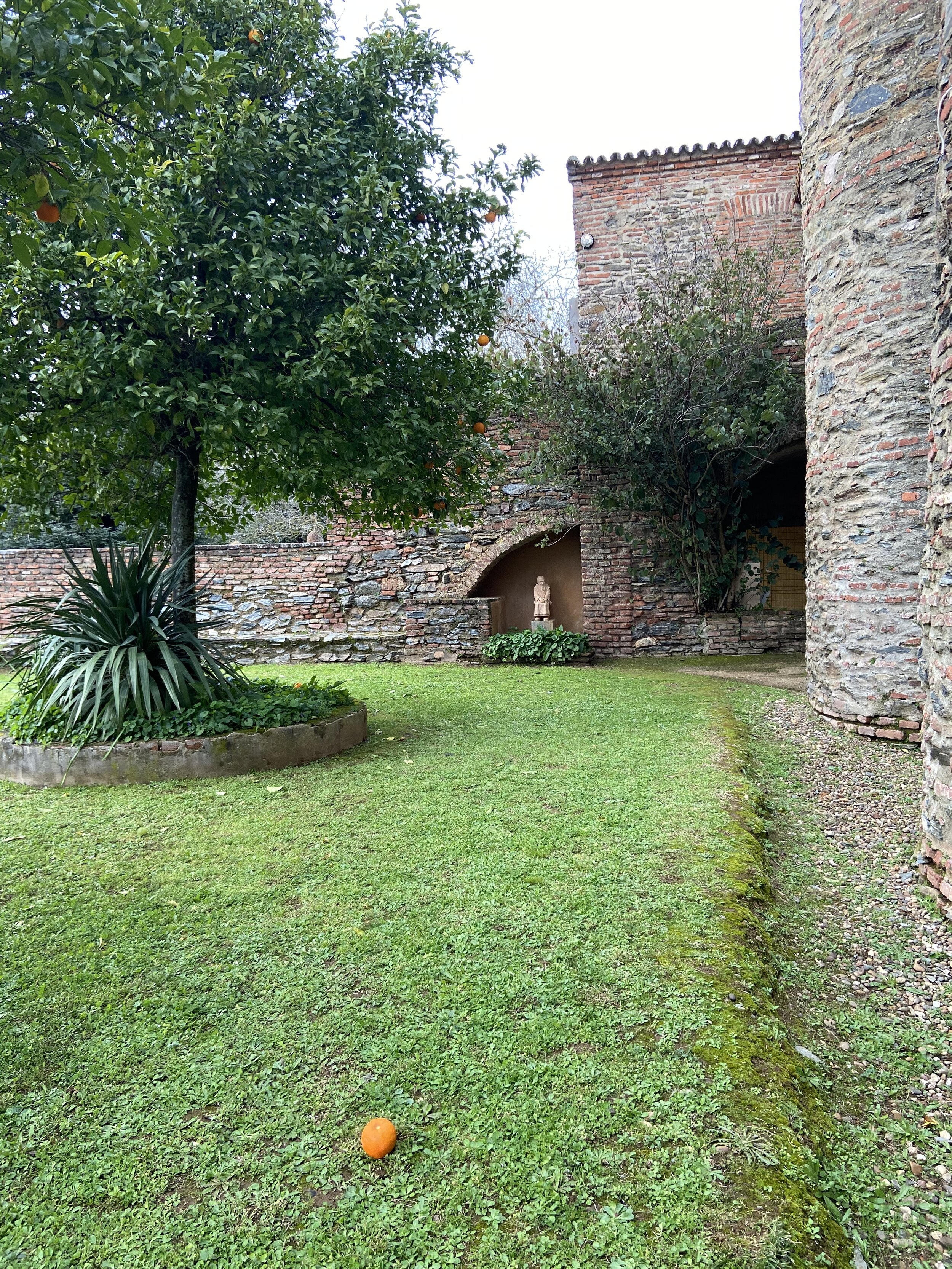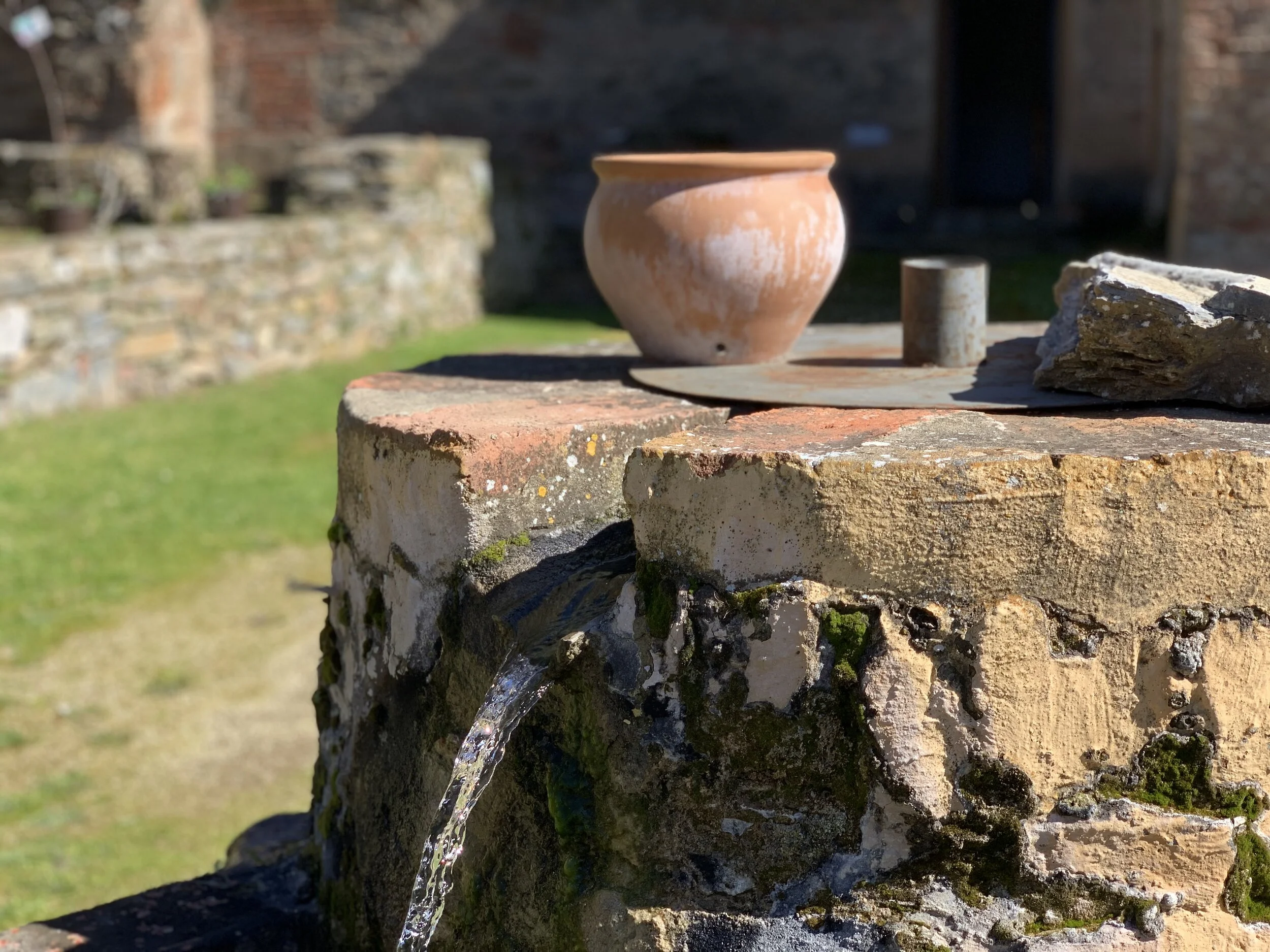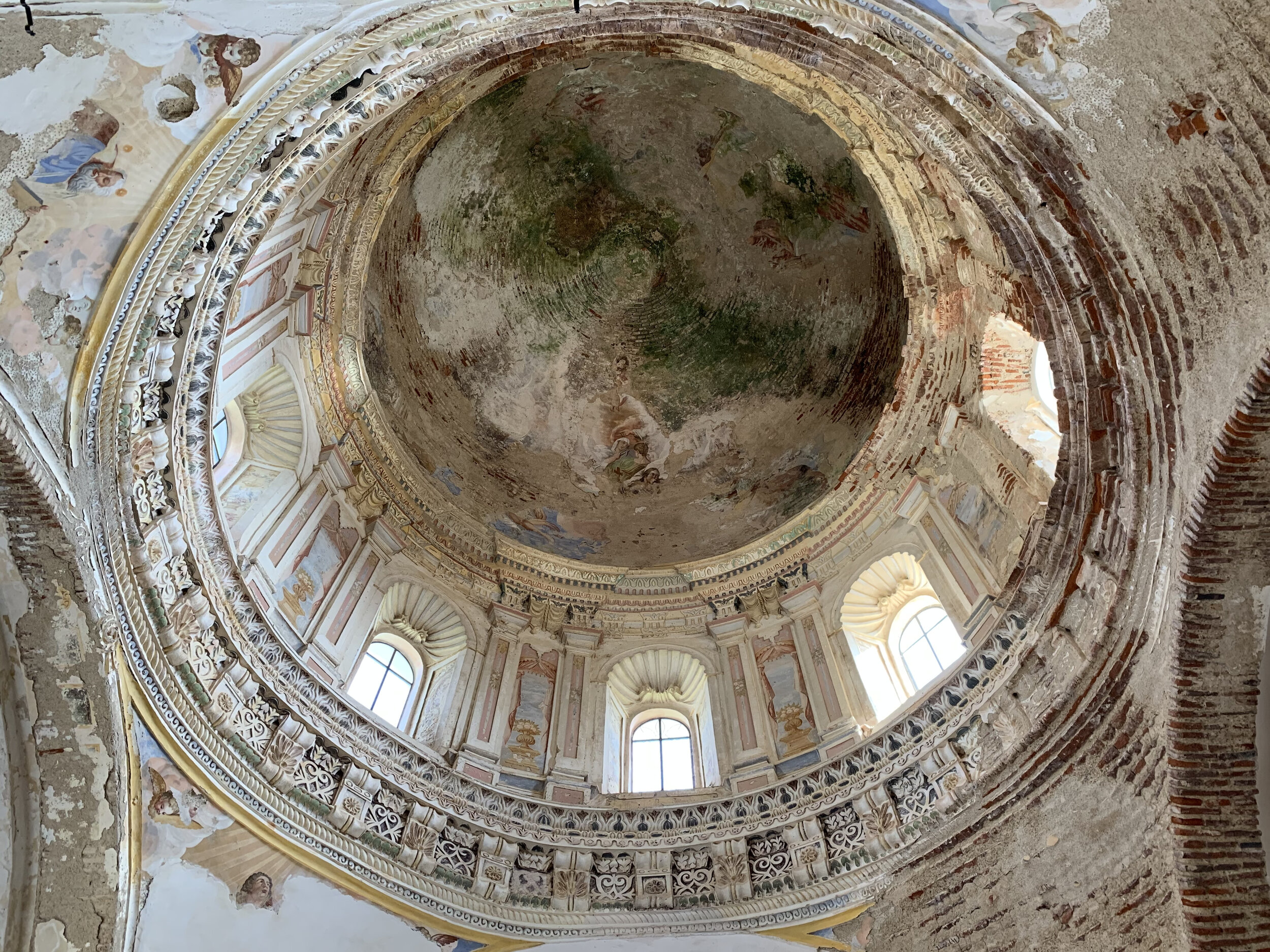History




































































La Cartuja de Cazalla is in the foothills of the Sierra Morena, in the Seville province of Southern Spain

A 15th Century Carthusian Monastery
PRIVATE MONUMENT - CULTURAL HERITAGE SITE

The Cartuja de Cazalla dedicated to the Immaculate Conception is located in the Sierra Norte de Sevilla on a plateau 650 meters above the sea in an idyllic place steeped in history, surrounded by forests, an inexhaustible spring of water and exceptional views. There are Celtic, Phoenician, Roman, Muslim and Christian vestiges. It seems that the first to settle in this place were the Phoenicians who created the Ruta de la Plata and exploited the mines of Cerro del Hierro.
In the 8th century the Fihríes from Morocco arrived. Caudillo was elected Walí de Córdoba from 747 to 756. During this time he built a mosque, the largest oil mill in Andalusia, and a flour mill in the area called El Castillejo. Currently there are remains of all these constructions. When the Muslims left in the 14th century, it is known that Don Pedro El Cruel, king of Castilla y León, stayed in El Castillejo and hunted bears with the Prince of Wales, known as The Black Prince.
Between 1417 and 1420 Fray Lope de Olmedo built the monastery of San Jerónimo de Acela on the site and in 1476 the Carthusian monks relieved the Jerónimos in the monastery. The monks hosted the pilgrims who made the Camino de Santiago in the Casa del Peregrino and dedicated themselves to the cultivation of the land, they also introduced their techniques for making liquors today known worldwide as Cazalla liquor.
In 1836 the monks were expelled from the Cartuja due to the confiscation of Mendizábal and the monastery became a ruin covered with weeds and deteriorated until in 1973 it was bought by the Englishman Alexander Harrington who transformed the Pilgrim Chapel into His residence and sold it to Carmen Ladrón de Guevara who saw its potential and began a great restoration work, obtaining the Europa Nostra award in 1986. The current owners, La Cartuja de Cazalla SL, bought the monument in 1995 and have continued the general rehabilitation.


